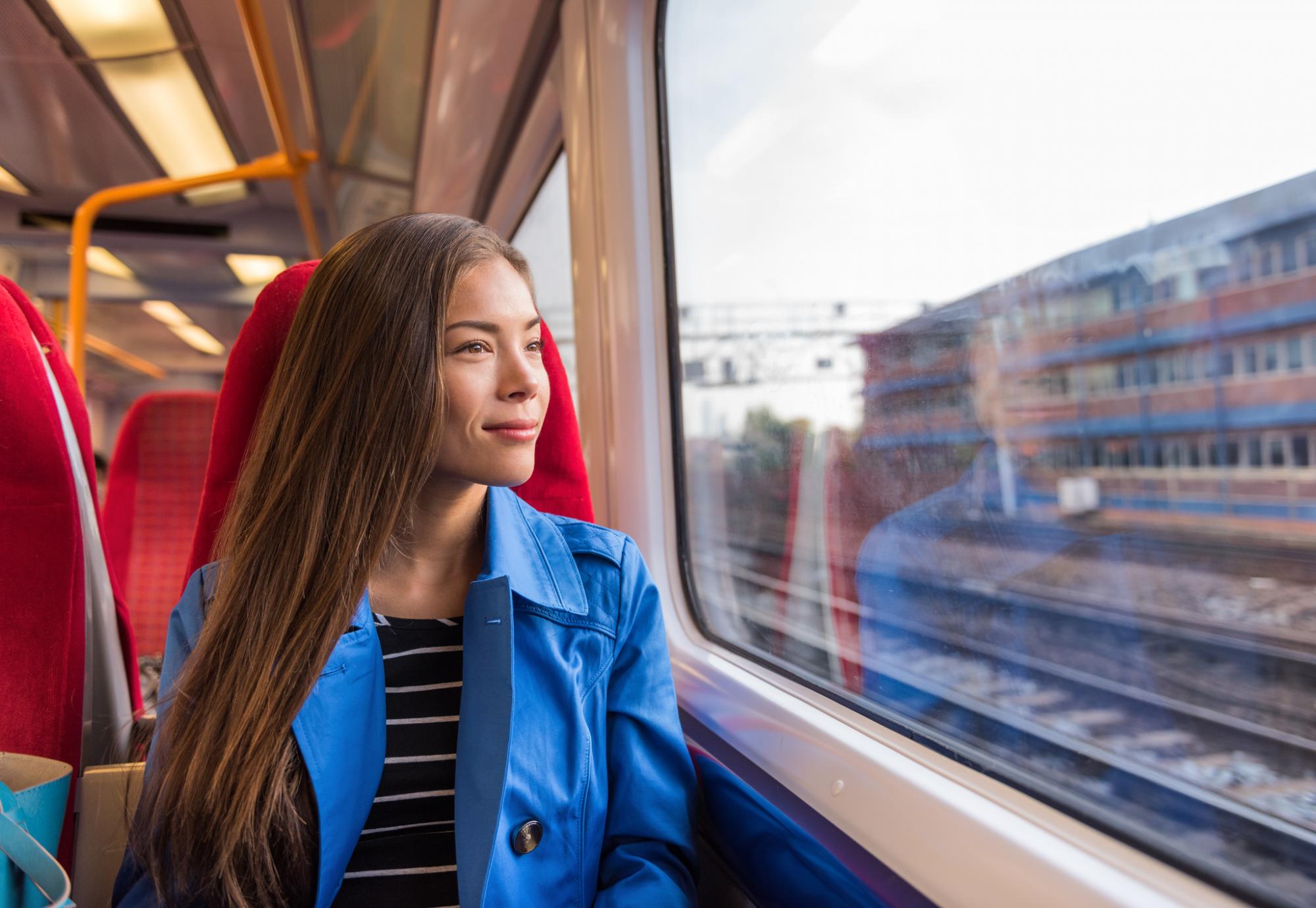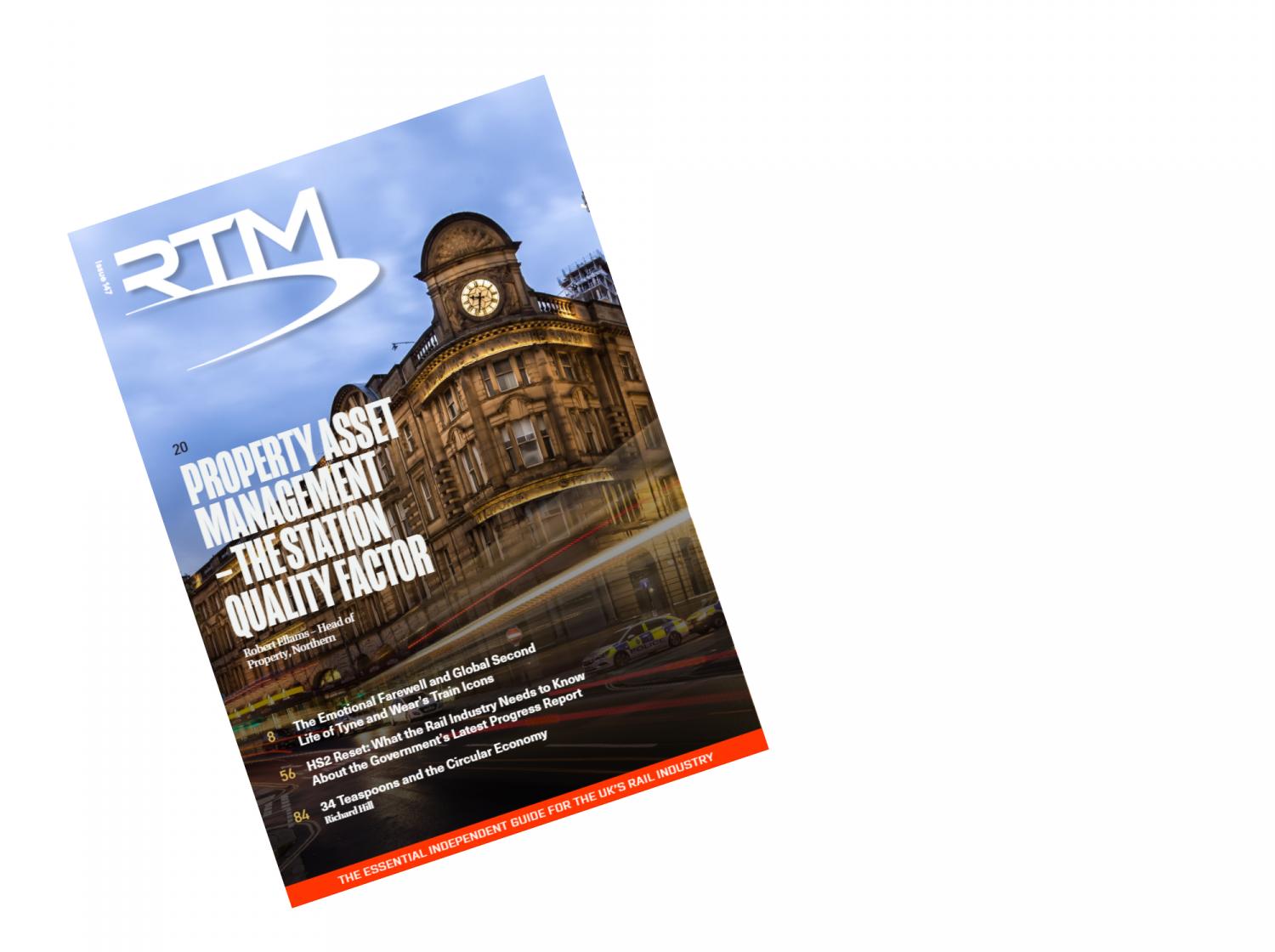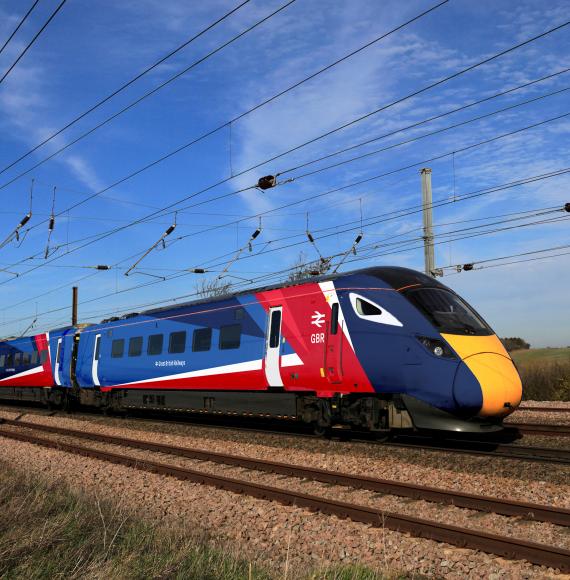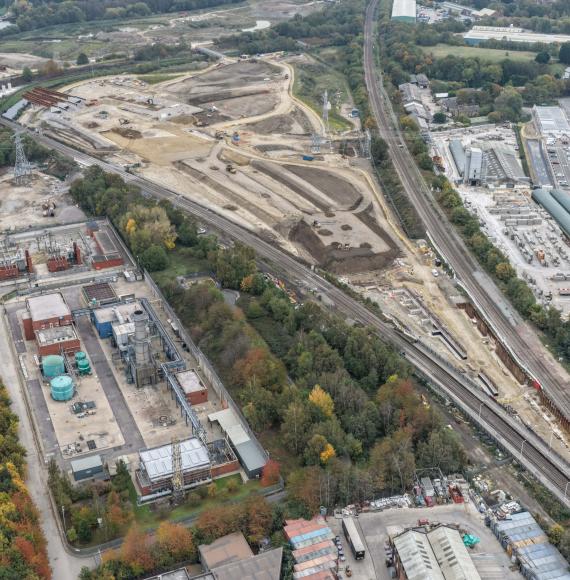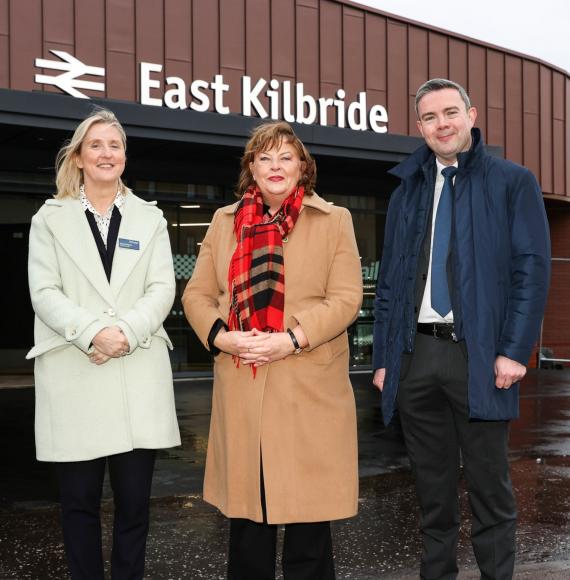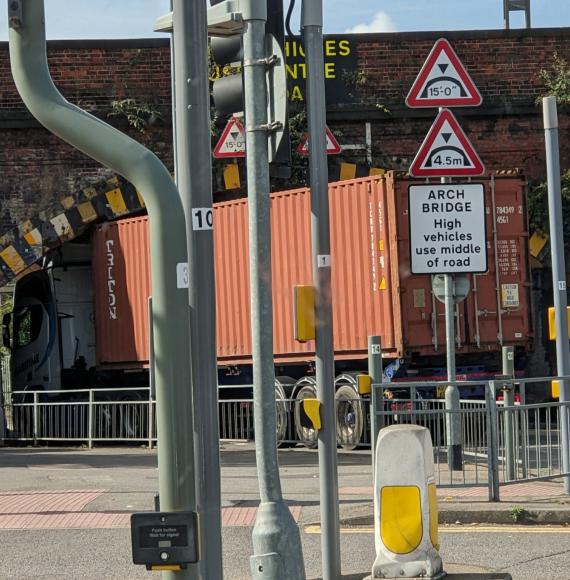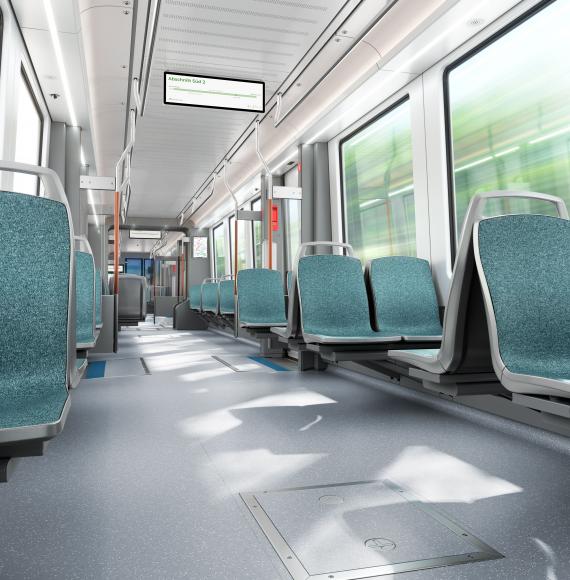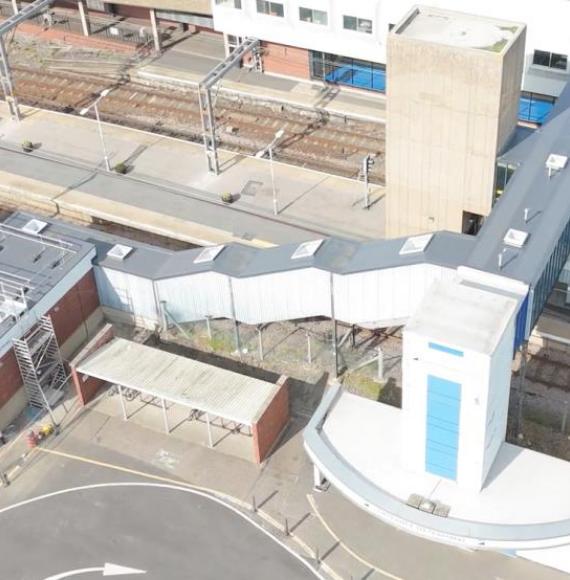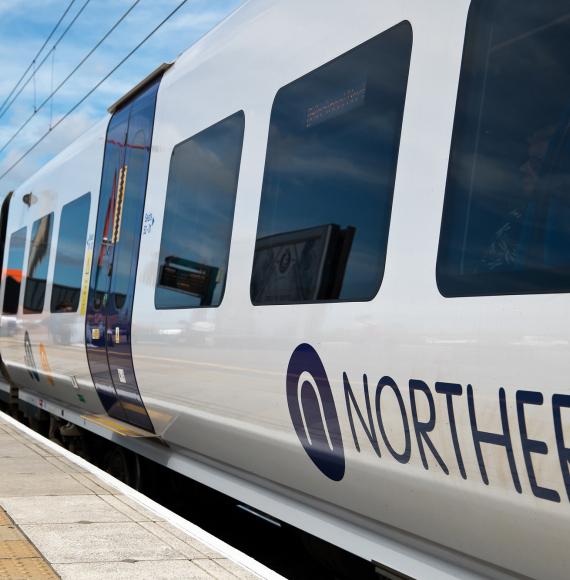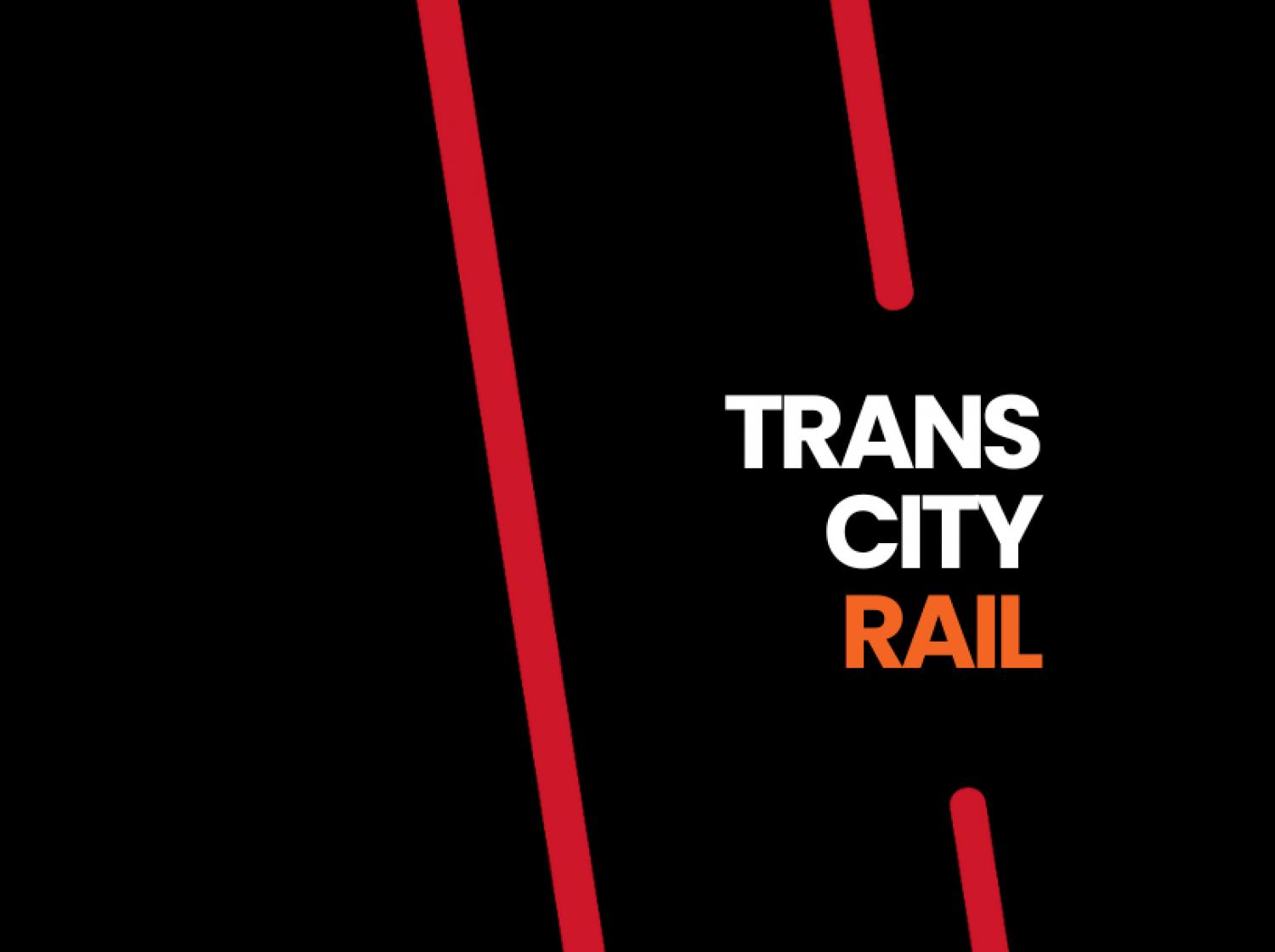Whether it be outright, prejudiced comments or simply being unable to swiftly move through a station, the Equality Act 2010 outlines that all station operators have a responsibility to take reasonable steps to make sure that they do not discriminate against disabled people.
When you have a disability, travelling comes with a compilation of challenges, magnified if the individual is using public transport.
As part of the Government's Inclusive Transport Strategy, the Access for All Programme has meant that over 200 stations now have step-free and accessible routes available.
Macclesfield Station has already undergone a £400,000 lift upgrade and West Ealing station in London is now completely step-free, all major milestones in making train travel more inclusive.
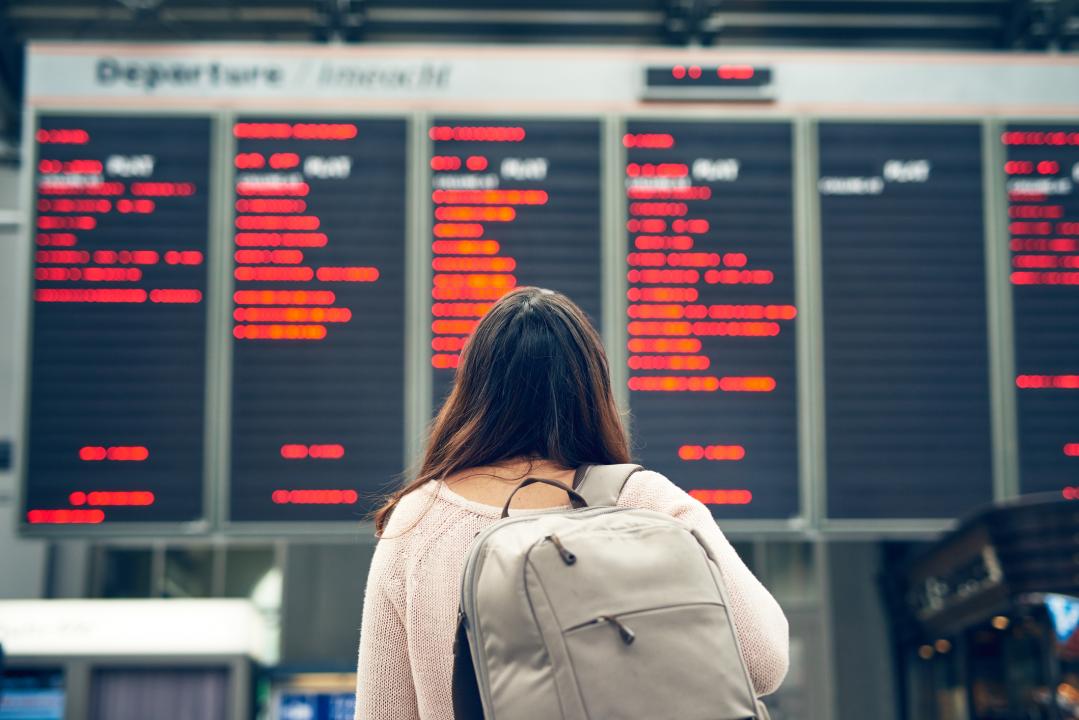
But is enough being done to support everyone in the disabled community travel with ease?
For those with invisible disabilities - disabilities that are not immediately apparent – using public transport is a completely different ballgame.
Varying from chronic pain to cognitive dysfunctions, hearing or visual impairments, to epilepsy or post-surgery complications, there exists an entire community whose health is causing an array of unseen travel challenges, of which many are being overlooked.
But if these conditions aren’t visible, what can operators and the rail industry do to support these passengers?
Speaking with four women with different invisible disabilities, they were able to share their insight on the experiences of people with invisible disabilities using the railway, as well as suggesting steps the industry could take to address the challenges.
That was coupled with input from Mike Hewitson, Head of Policy at Transport Focus, who offered some advice, to both passengers and the industry, on how we can tackle disability inequalities on the railway.
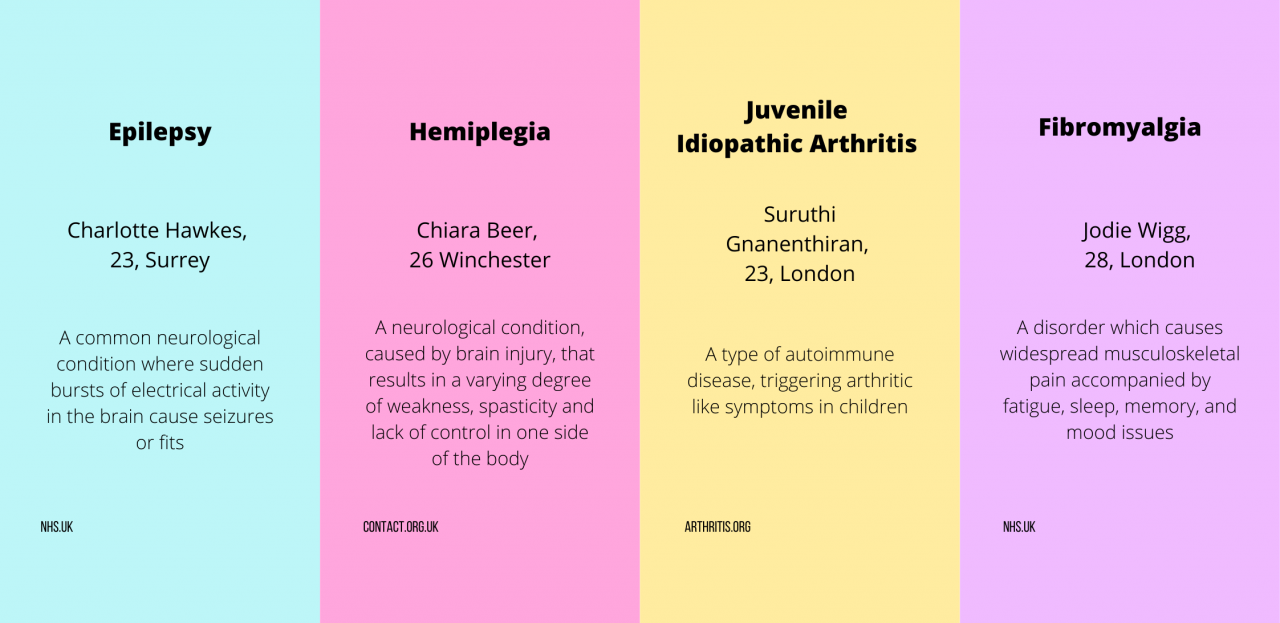
The best way to travel
When asked, all four women agreed that their desired modes of transport varied from train to car.
Suruthi uses the train to go to and from university, usually if she is unable to get a lift. She also appreciates that it is usually the most convenient method of transport in terms of fewer changes, “especially for longer journeys” she explained.
Chiara agreed, as driving by car for long periods of time can tire her out easily.
Similarly, Jodie explained: “[Trains] are fairly accessible, tend to have plenty of seating and can get you to most places. I would say the car would be my preferred choice, but I don't own or drive a car.”
Charlotte on the other hand said that she does not have a preference, but the convenience of being able to travel for free on the bus is very useful. Because of her epilepsy, she does not drive, meaning the cost of using public transport can add up rapidly.
On top of this, she said: “I live half an hour away from my nearest station so only use it when I am unable to get a lift, or it would not be feasible to use bus transport to get to the desired location within a reasonable timeframe.”
Unfortunately, although all the women said they value rail transport, when I asked them if they had ever had a positive experience using the railway - with regards to feeling as though their disability was accommodated for - all of them said they had not.
The race for a priority space
While the women I interviewed have different disabilities, they have all faced similar hurdles when using the railway.
Some of the most common challenges brought up were:
- The cost of travelling.
- Not having step-free access across all stations.
- Stations being too far away; over-crowding at stations.
- Lack of staff on site for assistance; not enough seating on platforms.
- Too many people using accessibility facilities who are not disabled.
Suruthi explained that leg space can also be tight on carriages if you are not able to grab a priority seat on time. Often, when someone suffers from a condition affecting joint movement, trying to bend your joints to fit into smaller spaces, even if only the tiniest bit, can cause pain for that person.
Sometimes there are no spaces at all too, meaning the individual can be left standing for long periods of time, putting pressure on the joints and in turn causing significant discomfort.
Likewise, people with epilepsy are also at risk if left standing, as a seizure could trigger a bad fall and lead to injury.
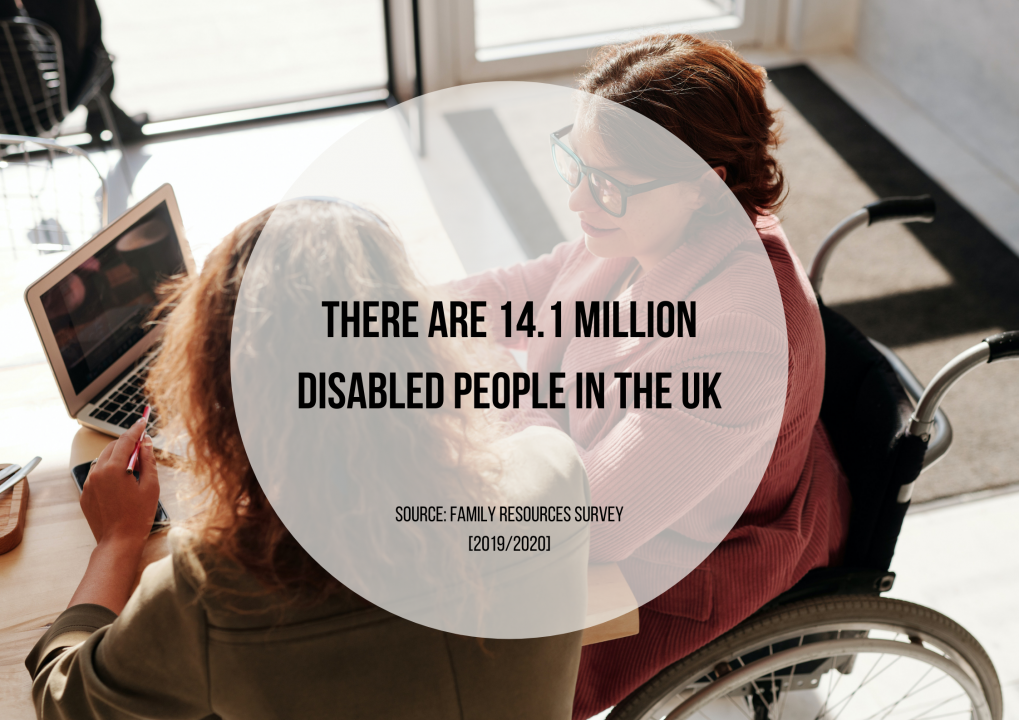
Suruthi added: “You often have to walk down the platform for quite a while to get to your seat unless you pay for first class.”
Jodie told me: “There are a whole host of challenges with travelling by train with fibromyalgia but sadly, the most frustrating one is actually other people travelling. There is often judgement, a lack of understanding or stares when using a walking aid.”
“Many train stations do not have step free access, do not have enough seating on platforms and are very overwhelming when busy.”
Chiara then explained that her condition means she has previously had issues lifting heavy luggage on and off trains, while reading information from boards or signs around the station have also acted as a barrier.
Similarly, buying tickets can be problematic, as Chiara struggles with her reading and none of the machines speak back to her.
She added: “Changing trains is challenging as well because often there is not much time to move from platform to platform and I struggle on stairs in a crowd. Often there is a queue for lifts with prams.”
Can you prove it?
When we hear the word “disabled” we immediately think of ramps, grab bars and the little blue man sat in a wheelchair. But the reality is that unless you can prove to society that you are in fact disabled, empathy can be sparse.
Jodie revealed: "That is one of the major challenges when your condition isn't visible, sometimes you are made to feel like a fraud!”
Charlotte added: "Society currently has a negative view of people with disabilities. If they can’t see how the disability affects the person, [there is too often an assumption] they are not disabled.”
Many people with disabilities can be left at the hands of discrimination, often due to lack of understanding or public compassion. Awareness plays a key role in alleviating such issues.
Charlotte discussed how on one trip, she was met with hostility from other passengers who didn’t understand why she was exempt from wearing a mask, irrespective of the fact that she was experiencing seizures throughout the journey.
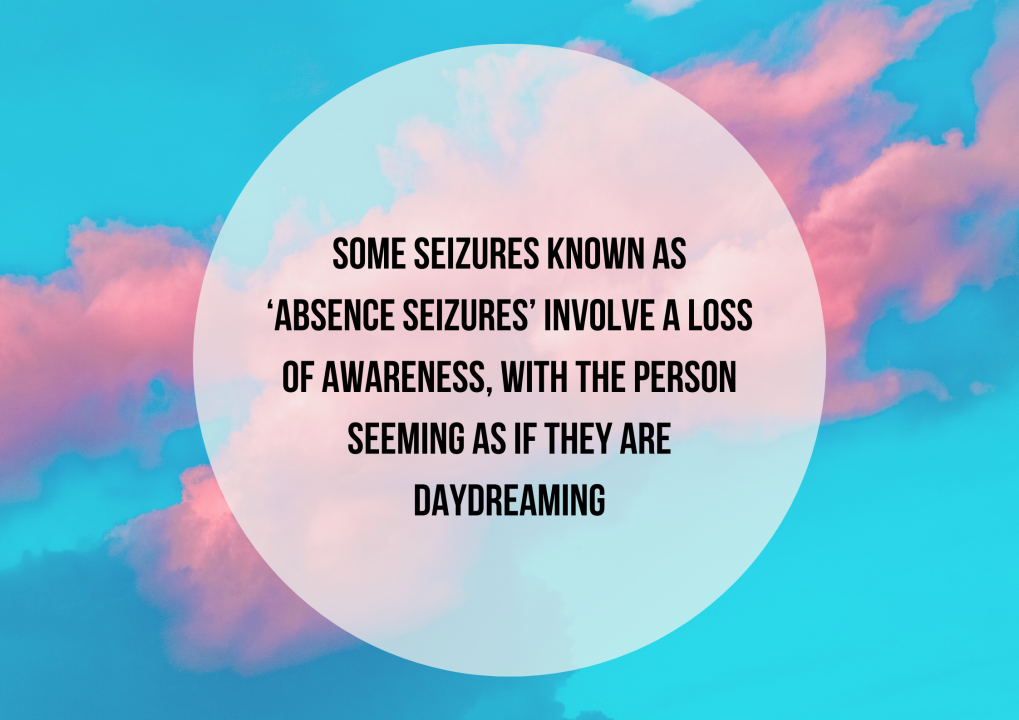
People with epilepsy do not all suffer the same types of seizures, meaning some people can suffer seizures without slumping or convulsions, which can lead to other members of the public not being aware of what is happening.
Some seizures known as ‘absence seizures’ or ‘petit mals’ involve a loss of awareness, with the person simply seeming as if they are daydreaming. Once coming round from the seizure, the person will often feel nauseous and incredibly fatigued.
Chiara recounted: “One time my train broke down and we had to move trains and another passenger was pushing me to get on the other train, which was unhelpful with my balance, and the announcement at the station was not clear that we had to go to another train.”
Unfortunately, the reality is that every time someone with a disability travels via public transport, they are likely to encounter at least one challenge.
A build-up of negative experiences can make using the rail network tiring and off putting, which is why the improvement works being carried out across stations to make them more accessible is so crucial in changing how the country caters to its disabled passengers.
Are the schemes enough?
Fortunately, the industry has responded to some disabled passengers’ concerns and numerous schemes are now available for those who need extra assistance whilst travelling, some of which include the Hidden Disabilities Sunflower and the blue “Please Offer Me a Seat” badge.
Depending on the scheme, a person will be given a token – such as a badge, lanyard, or card – which indicates that they have a disability and might need priority seating or help.
For a lot of people, these are essential aids when travelling. But for those with less visible disabilities, these schemes are not always effective, due to their reliance on public goodwill.
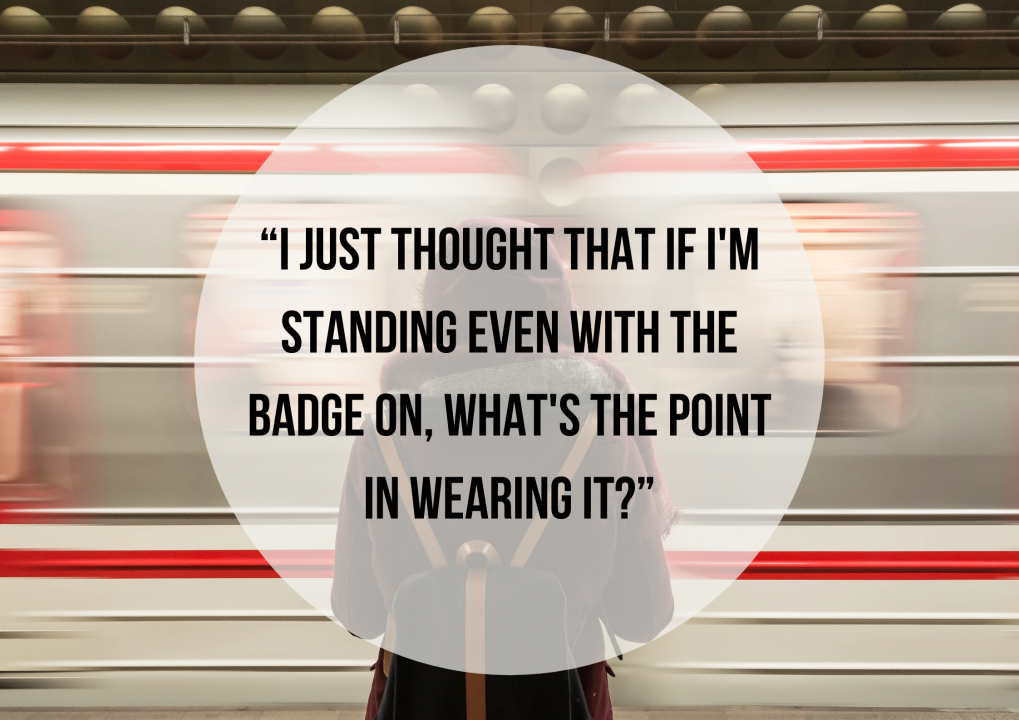
Suruthi said: “People often ignore it and I have to stay standing, or they think that by giving me a seat, they can ask me lots of questions about my personal life. It makes me feel uncomfortable.”
“I just thought that if I'm standing even with the badge on, what's the point in wearing it?”
Jodie has owned both the sunflower lanyard and the blue badge, but unfortunately has had more negative experiences than good.
Like Suruthi, she made clear that people often ask lots of questions, or do not offer her a seat at all. She added she would also not feel confident enough approaching someone to ask for a seat.
She said: “We shouldn't have to justify or explain why we need to sit down but just simply be given one and left alone. The lack of conversation around these helpful aids does mean that not enough people know about them.”
“More could definitely be done but, at least positive changes are slowly being made.”
Chiara also said that she would not feel confident wearing a token, as it draws too much attention to being disabled and as the women have revealed, the attention is not always positive.
Charlotte stated for the meantime she would not wear a token either, due to society’s pre-conceptions, but put forward: “I would really like to see the Blue Badge showing examples of why a person with an invisible illness needs to sit down on public transport using the billboards on station platforms and on the trains.”
She pointed to examples such as seizures or chronic fatigue syndrome, invisible disabilities which are relatively common in society but not always understood by the general public.
Making accessibility more accessible
Every day progress is being made, as the industry continues to work hard to come up with innovative ways to make facilities accessible for all customers.
More recently, a £1m investment was signed off by Tees Valley Mayor, Ben Houchen, to significantly improve disability access at Billingham railway station, acting as the only regularly served station in the North East of England whose platforms are not accessible for passengers with mobility issues.
Asking the women what they believe should be done in order to improve accessibility at stations, Jodie explained: “Making all stations accessible. I know that they are working to improve the number but, I feel like the 'typically unpopular' stations are not given a second thought.”
“I also think that invisible disabilities should be spoken about and advertised more than just the odd poster on a train or in the station. It just doesn't feel like enough which sadly means that it is often overlooked and ignored.”
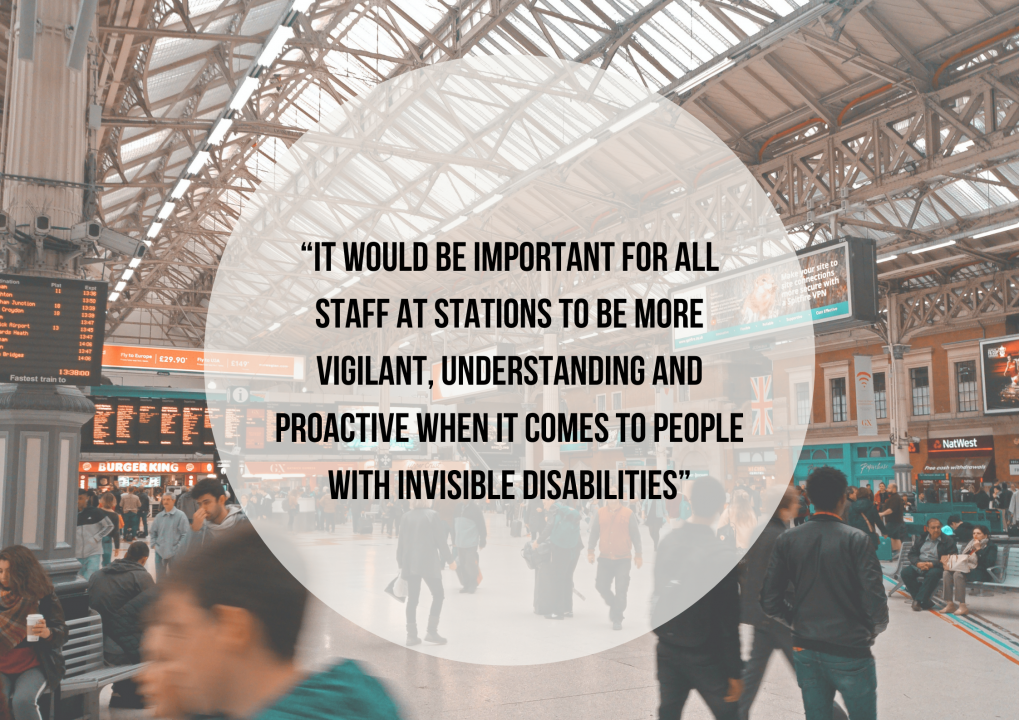
Three of the women pointed out the lack of staff at stations.
Accessibility equals independence and a shortage in staff can barricade this, with Charlotte describing how: “Most disabled people want to be as independent as possible, and it has become evident that staff are struggling to be available to support disabled people onto trains”.
Chiara explained she also wishes it was easier to get assistance boarding trains, alongside assistance onboard. She believes priority boarding for people with disabilities should be made available, with staff at major terminals to avoid the rush and large crowds.
Similarly, Jodie believes that the number of staff to help those with disabilities needs to change. She said: “Many stations have cut down on staff members, making it difficult for those that need to speak to an actual human being.”
“It would be important for all staff at stations to be more vigilant, understanding and proactive when it comes to people with invisible disabilities.”
Providing a safe space for disabled people to make their own way would mean getting a seat quickly and safely, without being knocked or hurried by people, consequently boosting confidence and independence.
10 years down the line
The Government and industry both have high hopes for the future, with plenty more investments and projects on the table, so I asked the women where they would like to see stations in 10-years’ time.
Charlotte described a scene with: "Stations pretty much in every town”.
She continued: “Where this is not possible, other forms of public transport that can take a person directly to the nearest train station. My family originate from Cornwall, and the closest train station is over an hour’s drive away.”
Jodie added: “I would love to hear invisible disabilities talked about more, posters highlighting the topic, people on hand to help those in need who are trained to know exactly how to deal with the more delicate situations.”
Suruthi emphasised the industry should listen to the disabled community, as well as ask questions, to understand what is missing and truly get to grips with what people with varying disabilities really need.
“It’s a society thing”
In writing this feature, I spoke to and learned of the experiences of four women. But they’re not unique in the UK, where there exists over 14 million disabled people.
In July 2019, Transport Focus ran a survey to better understand disabled passengers’ experiences of rail travel, and invisible disabilities were included. The research was conducted using the social model of disability rather than the medical.
Using the social model allowed the research to focus on systemic and structural barriers that disabled people face when using the railway.
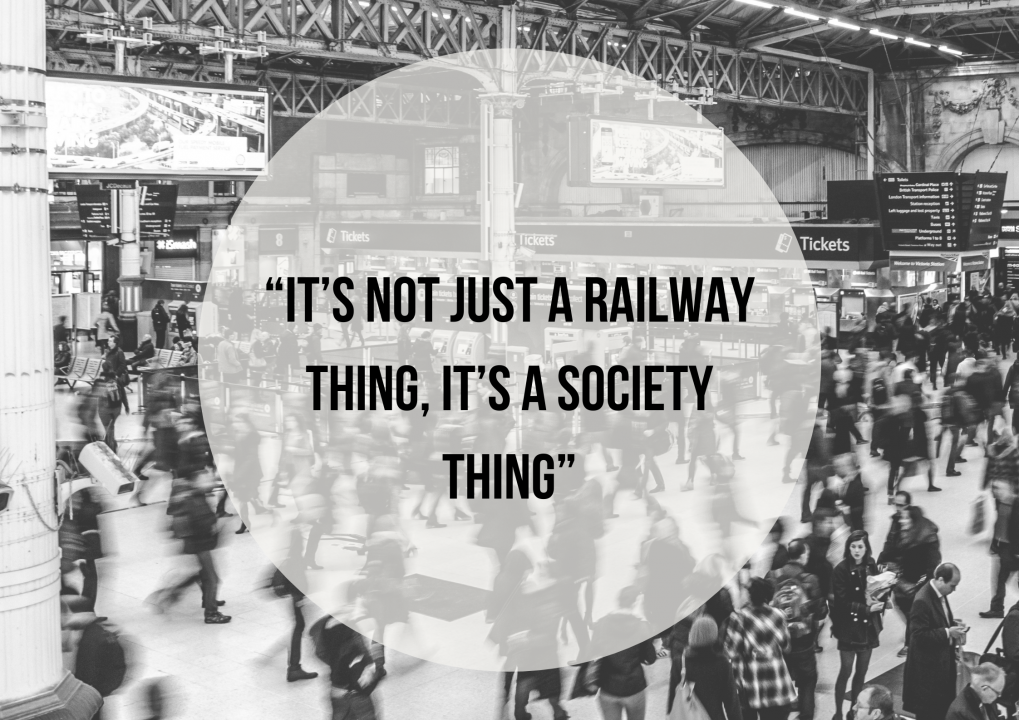
For example, someone with a mobility impairment might not be able to walk up steps to a platform. The social model would suggest that the problem is the stairs, whereas the medical model would suggest that the problem is the disabled person and their impairment.
Three key action points were identified:
- The practical barriers, such as design and layout of stations and trains.
- Perceptual barriers, such as lack of public awareness.
- The barrier of ‘deservedness’, which highlighted the inequalities in travel experienced by disabled passengers.
The survey found that those with less visible disabilities can sometimes feel unwarranted in feeling frustrated about rail travel as they have it ‘not as bad’ as others, or as Jodie described, they can be left feeling like a “fraud”.
The research outlined that ‘those with visible conditions tend to be viewed, by those with a less visible condition, as heroic, severely disabled and more deserving of assistance and of the rail network’s resources.’
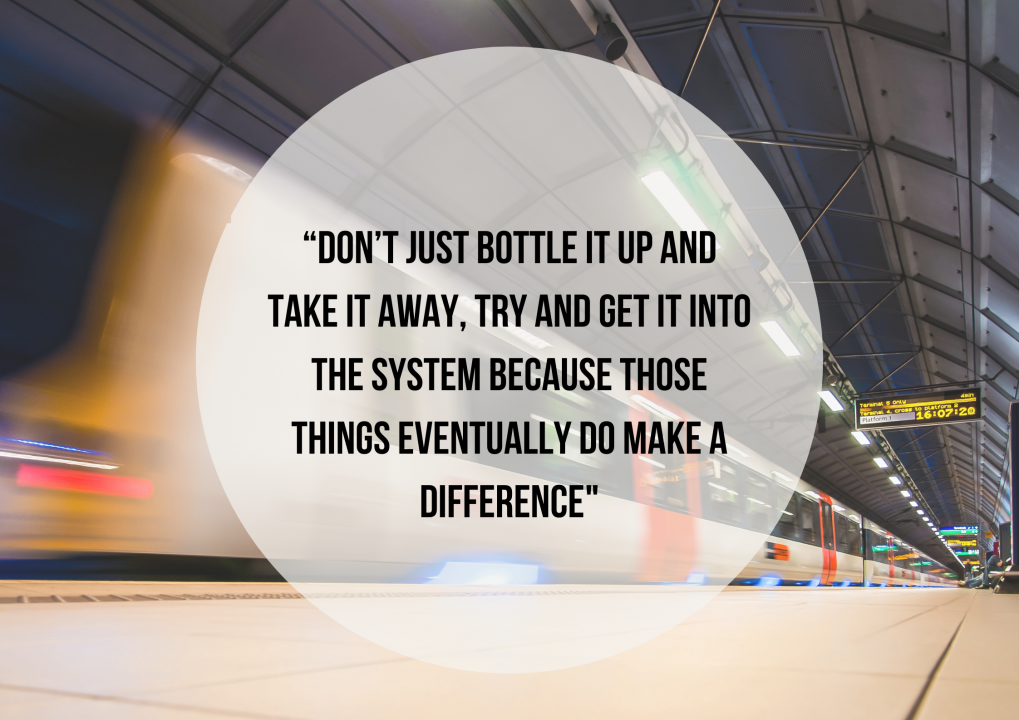
Speaking to Mike Hewitson, Head of Policy at Transport Focus, he explained his opinions on what he believes the best steps are to follow in order for the industry to become more accessible, thus offering freedom to passengers who have felt pushed aside, whilst promoting inclusivity.
The key areas he suggested need more focus on included:
- Staff training – Specifically training customer facing staff on the various types of disabilities and how to cater to them accordingly, encouraging empathy and understanding.
- A continued push on technology – Specifically looking at simplifying apps, offering more information, helping to eliminate the anxiety which comes with planning and going on journeys.
- A continued investment in infrastructure and rolling stock design to cater to all passengers, once more, alleviating passenger anxiety.
On top of guidance for the industry, Mike also offered advice for disabled passengers too, saying: “The one thing I would suggest is for people who have had a bad experience: tell the railway.”
“Don’t just bottle it up and take it away, try and get it into the system because those things eventually do make a difference. The volume and the types of complaints can actually change things.”
“My summary would be that it’s better than what it was, but it’s not as good as it needs to be. I’m 20+ years into this and there seems to be more focus on invisible disabilities now than there ever was so that’s a positive.”
“But of course, when you start from a low base you’ve got a long way to go.”
The road towards a better understanding of disabilities is a long one, with Mike concluding “it’s not just a railway thing, it’s a society thing”.
What next?
Although there exists a series of obstacles surrounding rail travel for those with invisible difficulties, the primary problem seems to be an overall lack of public understanding of disabilities as a whole.
Thankfully, the rail industry is edging closer towards becoming more accessible, as mentioned, many monumental landmarks having already been reached.
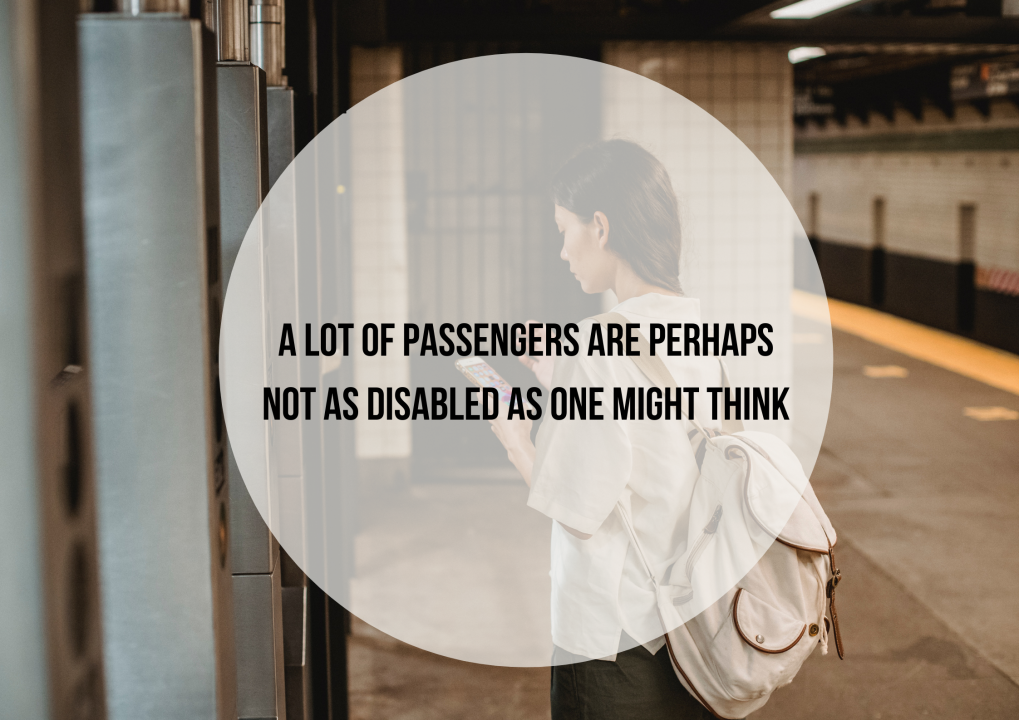
The way the 2019 research was conducted, using the social model of disability, proved that a lot of passengers are perhaps not as disabled as one might think and there are various approaches the industry can take to make train travel more accessible and inclusive.
A leading example is the new Elizabeth line, with all of its stations being step-free, on top of level access from platform to trains at all of its new central London stations, and at Heathrow and Abbey Wood.
From this point on, it's down to a collective, societal effort to develop a basic understanding of all disabilities, as it is the best way to provide the rail industry and the public with resources to eliminate barriers, as well as empower those that have conditions to feel accepted, reasonable, and justified.

